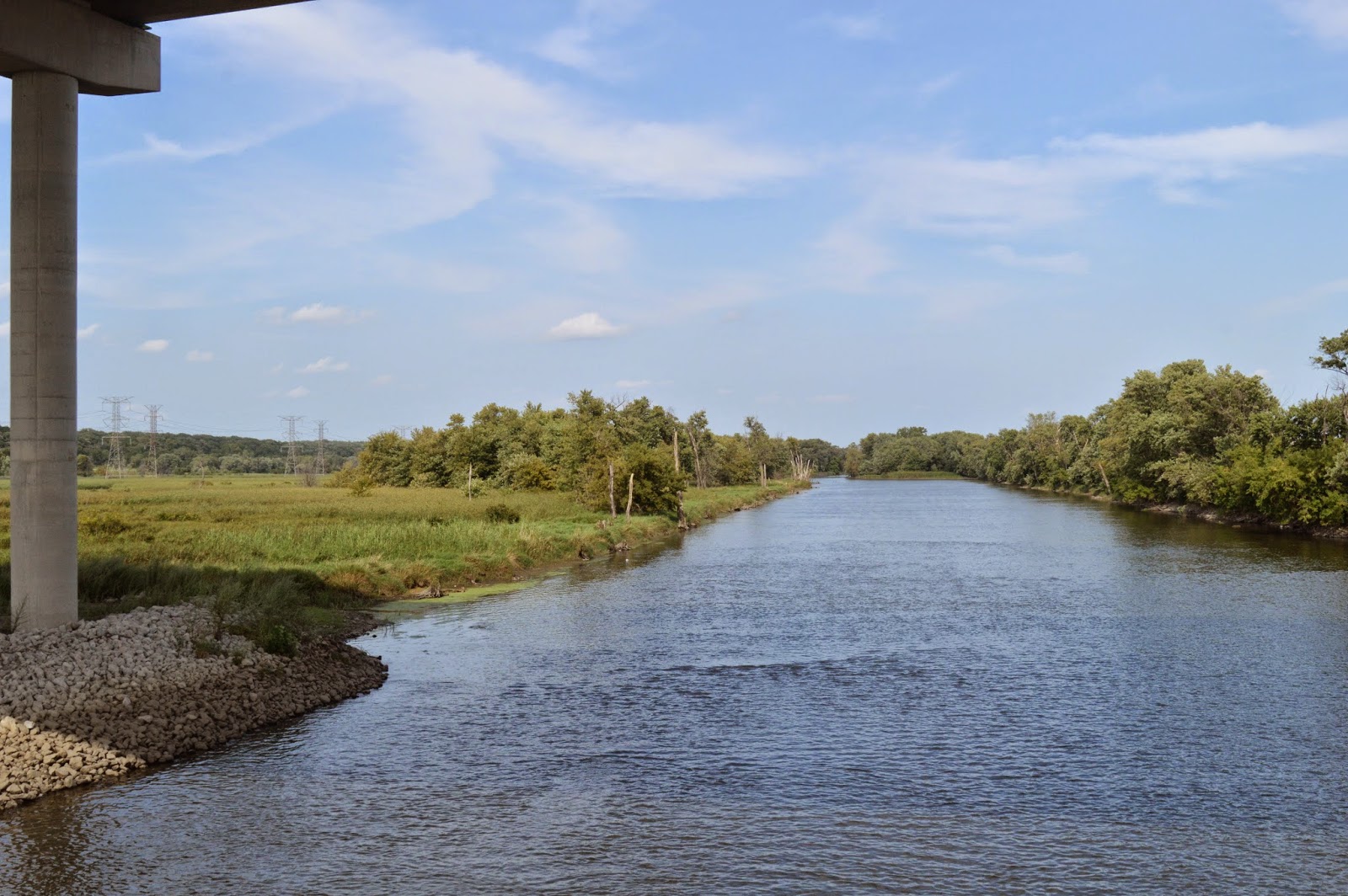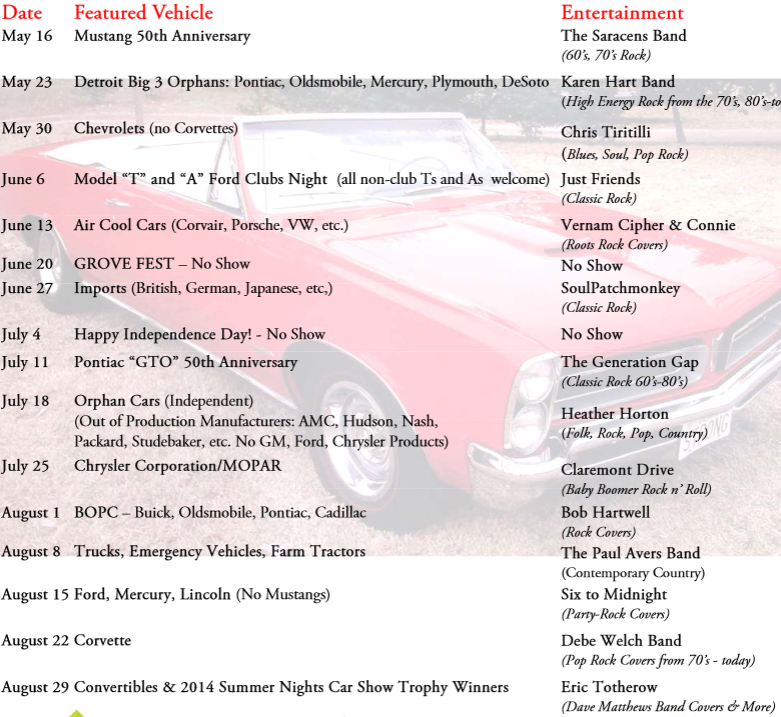I went downtown to catch the Corvettes at the Downers Grove Classic Car Night. One was on its way to Curtiss street as I walked down Main.
And below is an overview of the action on Curtiss Street.
 |
| 20140822 0006 |
And across the street.
I was out of town for my favorite Classic Car Night night---trucks and tractors. But I noticed in Michael Matalis' Photostream that he caught pictures of a Farmall, M John Deere, Super A Farmall, H Farmall, and a WD45 Allis Chalmers. (I'm assuming that photostream links are permanent. I'm not a Flick guru.) When I was a kid, I drove the tricycle version of the H Farmall a few times because my Grandfather's brother had an H and a M.
And the annual trailer full of old gas engines was also there. The person who brings this trailer must have quite a collection because the content is different than what I have seen in previous years. I know that one year an engine was driving a pump so that it had some load. The notion of a throttle had not yet been invented. So these engines regulated their speed by how often they would fire. That is why they all have a big flywheel. When they don't have a load, it can be quite a few seconds and several revolutions between firings for some engines. The Heston Steam Museum had a 12-HP antique propane engine running during its Steam Days. At first I thought the first video was firing every cycle. But then I realized it "clicks" every cycle, but goes "pow" during about half of the cycles. I'm still surprised it fired so often given that it was a rather big 12-HP engine and running with no load. Note that it has a big flywheel on both sides of the engine.
Speaking of audio character, I took a closer look at the John Deere tractor. I once heard an old John Deere tractor go down the road by my Grandfather's farm. When you hear one, it is obvious why it is nicknamed a putt-putt. They had just two big cylinders. And they were horizontal so that most of the "engine compartment" was empty.
 |
| 20140906 0018, Holmer Township Festival |
 |
| Copyleft, Dake |
 |
| Copyleft, Artiez |
 | ||
| 20140826 0033c |















































